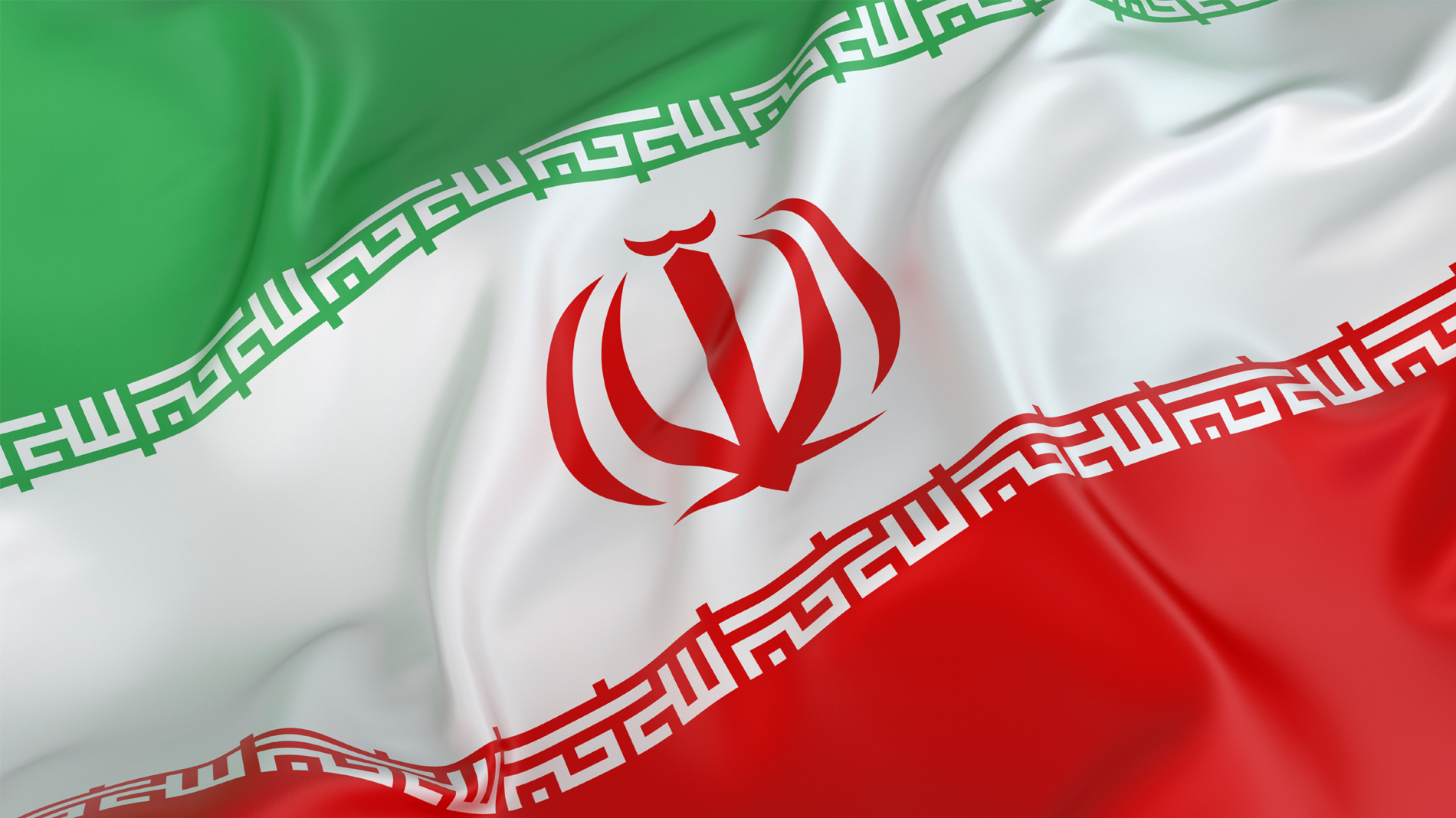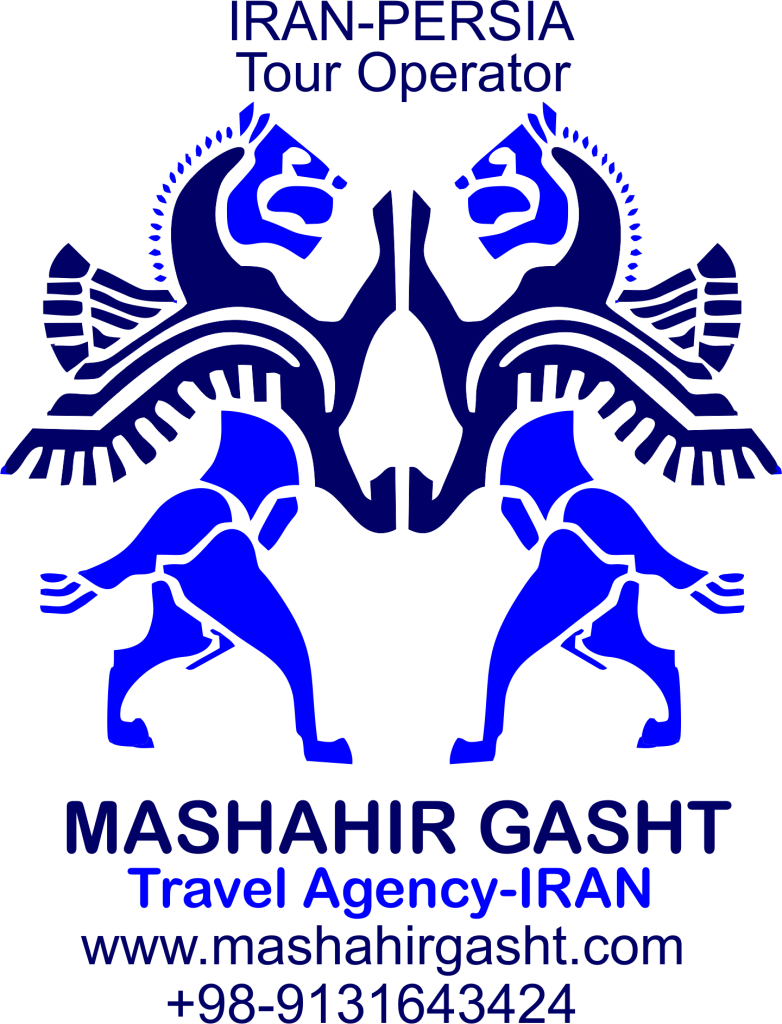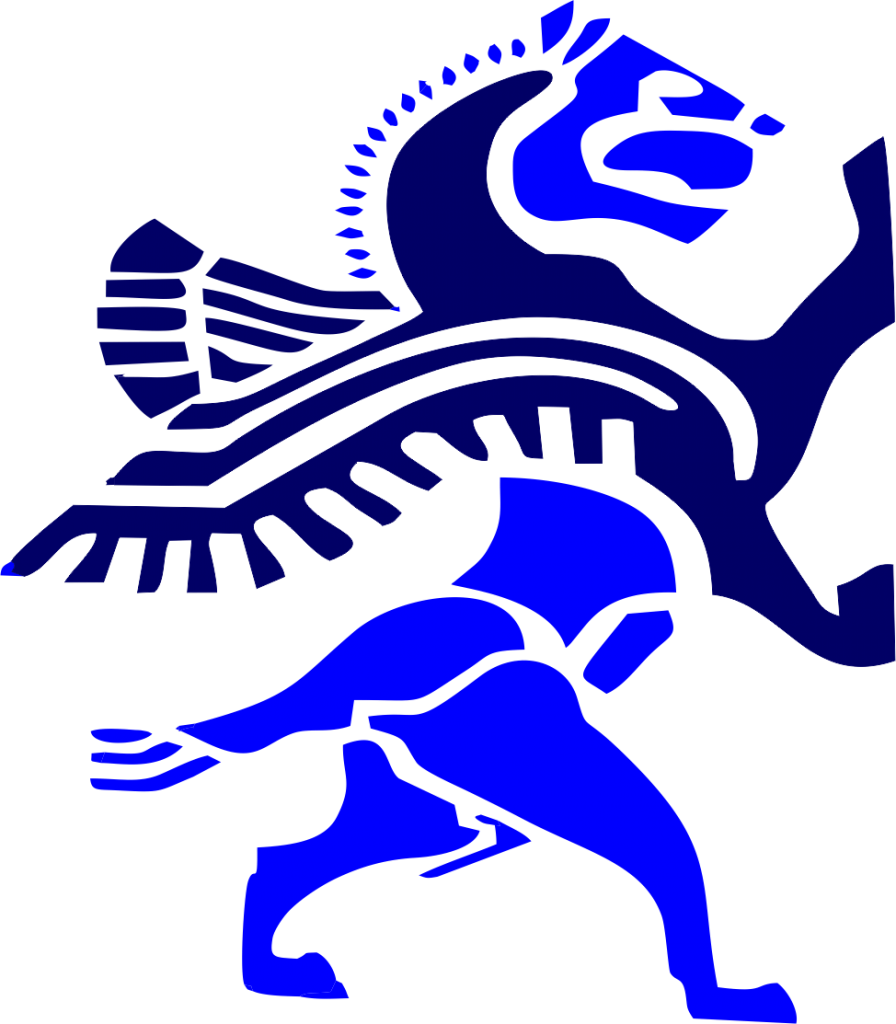The Islamic Republic of Iran is a country based on the Republic and Islamic principles and laws.
Upon arrival in Iran and in public places in Iran, women should wear the usual hijab, with a head covering (scarf or shawl), a dress with body covering and a knee-length dress, and the dress should cover the hands up to the wrists. Women’s pants should cover women’s ankles. Two types of cover: Manto(Mantle, Mantue)+pants + shawl/scarf or chador hijab are also approved for entering Iran and attending public places. It is not forbidden to wear simple jeans that cover up to the ankles for women.
Upon arrival in Iran and in public places in Iran, men must wear a blouse or T-shirt and ankle-length pants. It is not forbidden to use simple jeans that cover the ankles for men and are not tight.
In some pilgrimage cities or shrines, shrines and religious ceremonies, long-sleeved blouses or T-shirts are more popular with men.
Buying and selling or serving any alcoholic beverages in Iran is prohibited in accordance with current Iranian law and Islamic law.
During the holy month of Ramadan, eating and drinking in public places is prohibited due to the month of fasting and the common laws in Islamic countries and Iran. Use the restaurants in the city for tourists (who can not fast due to travel or are not required to fast during the holy month of Ramadan due to their non-Islamic religion, ….)
And according to the customs and societies in all countries, taking pictures of others without their permission is not allowed and it is also against the etiquette and custom of the Iranian society.



